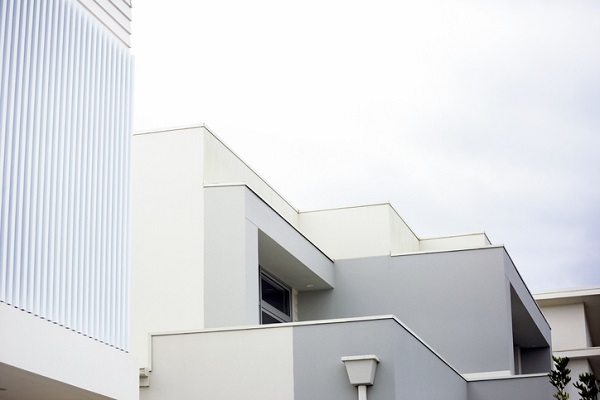Draft NCC 2022 provisions an important step change for energy efficient homes

The Australian Building Codes Board has released draft National Construction Code provisions on energy-efficient residential buildings for public consultation. The Australian Sustainable Built Environment Council (ASBEC) welcomes the release of the public consultation draft as an important step change towards more healthy and comfortable homes for Australian families.
Minimum energy efficiency standards for housing haven’t shifted substantially for over a decade. The proposed update is to ensure the National Construction Code meets the targets set out in the Australian Government’s Trajectory for Low Energy Buildings.
“More energy efficient houses provide a win-win-win opportunity in terms of jobs, energy savings and emission reduction and are essential as we progress towards a zero carbon future,” ASBEC president Professor Ken Maher AO says.
“Australia’s homeowners and tenants need certainty that they are gaining the health, comfort, efficiency and environmental benefits that they could reasonably expect.”
ASBEC’s Building Quality Taskforce chair Professor Tony Arnel says that low energy homes can provide great outcomes in terms of reducing energy bills and emissions, whilst also delivering much more: “More energy-efficient buildings offer more resilience to extreme weather, better comfort and reduce stress on the electricity grid.
“At a time when bill savings and consumer empowerment are more important than ever, we welcome the Australian Building Codes Board’s actions to facilitate improved home energy for NCC 2022.”
The research in ASBEC’s publication, Built to Perform, shows that delaying cost-effective changes to the Code by just three years (for example, implementing changes in the 2025 Code instead of 2022) could cost $2 billion in household energy bills between now and 2030. The delay would also lock in nine million tonnes of emissions to 2030 and 22 million tonnes to 2050.
“If we are serious about reducing emissions, saving money and increasing resilience of our buildings, we need to continue the momentum towards stronger energy performance – and this 2022 step change for residential buildings is an important part of the process,” ASBEC interim executive director Alison Scotland says.
Ken adds: “Buildings offer one of the most cost-effective, jobs-rich opportunities for energy savings and emissions abatement, with broader benefits that we can’t afford to ignore. The Government’s commitment to energy productivity for households is the right priority right now and there is a big opportunity to do much more in coming years.”
